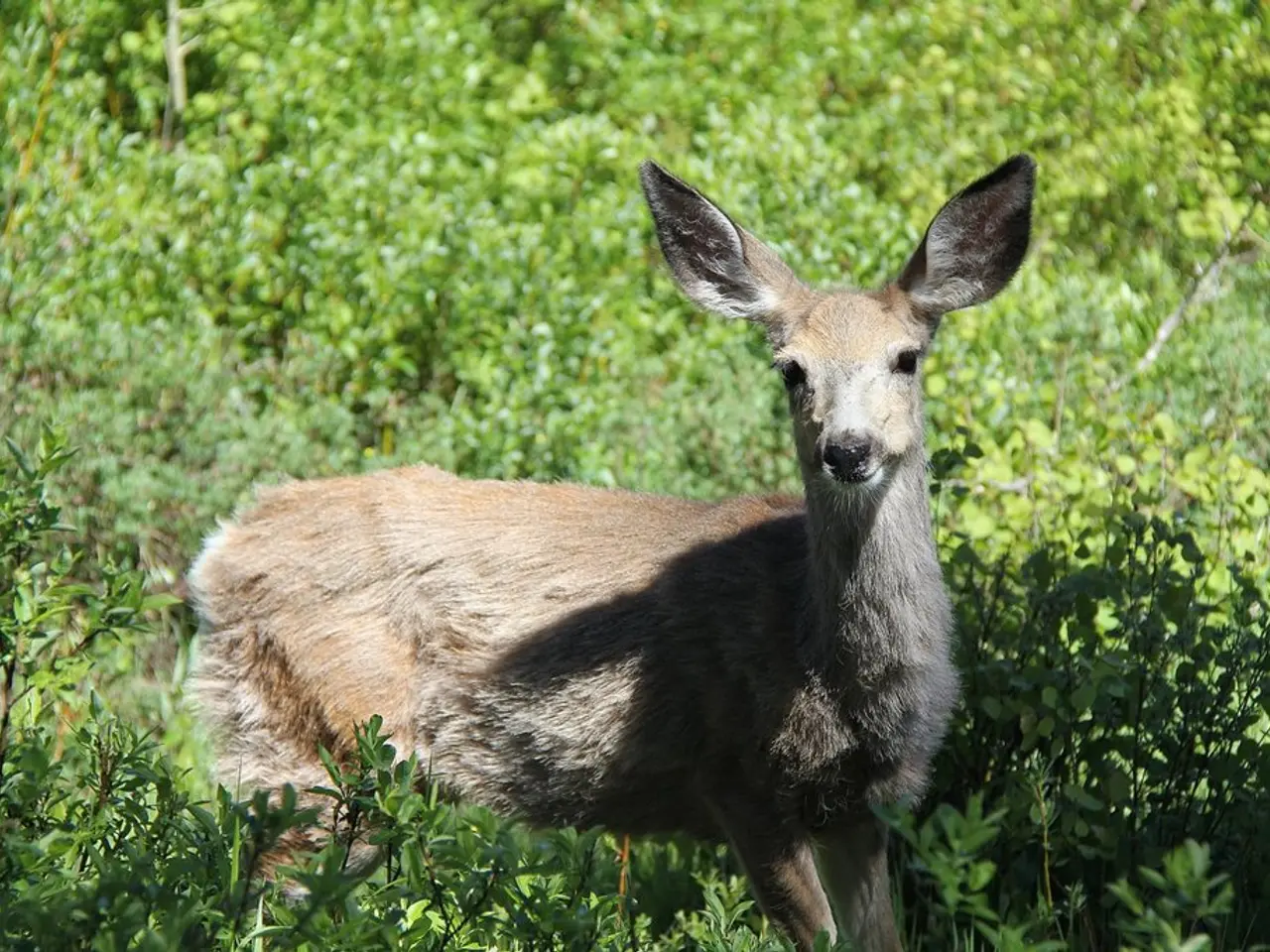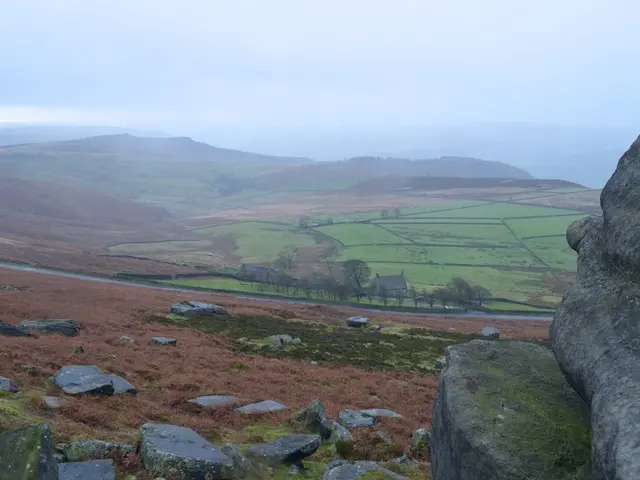Four Reasons Why an Elk Feels at Home in the Black Forest - Moose Spotted in Black Forest, Sparking Excitement and Debate
A moose has been spotted in the Black Forest, causing excitement among locals and wildlife enthusiasts. The origin of this solitary creature remains a mystery, but its presence has sparked discussions about the potential for moose to establish a population in the region.
Moose once thrived in Central Europe, with stable populations at the German-Polish and German-Czech borders. The Black Forest, with its extensive forests, wet hollows, and accessible water sources, provides a suitable habitat for moose. They are adaptable in their food choices, feeding on herbs, leaves, aquatic plants, and tree bark, and prefer cool temperatures and snow, making the Black Forest's climate ideal for them.
However, wildlife officer Maximilian Lang believes this moose likely comes from human captivity, not from Poland or the Czech Republic. Traces of the moose have been found in Oberwolfach and Oberharmersbach in the Ortenau district. Despite the suitable habitat, the moose would struggle to survive long-term due to the lack of conspecifics for reproduction. For a moose population to establish, migration corridors from existing occurrences in Bavaria or the Czech Republic would be needed.
The moose's presence in the Black Forest is a fascinating development, but its solitary status makes long-term survival uncertain. Further investigation is needed to determine its origin and potential for reproduction. The Black Forest's suitability for moose highlights the importance of preserving and connecting habitats for wildlife.






